small
Showing 13–24 of 106 results
-
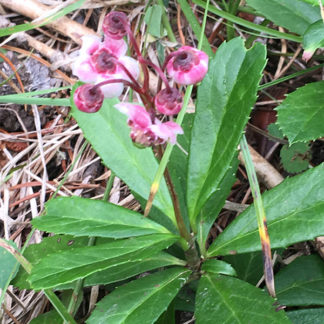
Chimaphila umbellata / pipsissewa
- small herb/forb
- shiny, toothed lance point leaves
- half-inch, pink and white, upside down flowers
- flowers in umbel like cluster
- flowers with minimally visible style
-

Cirsium arvense / Canada thistle
- purple or lavender clearly-thistle flower heads
- multiple small flower heads per stem
- deeply lobed, spiny leaves, but stems not spiny
- clonal and perennial
- in clumps or along roads, sometimes quite large/long
-

Cirsium hookerianum / Hooker’s thistle
- clearly a thistle, but with white flowers
- native but not plentiful
- seen at Mahogany Creek in mid-August
-

Cirsium vulgare / bull thistle
- very nasty spines all over, including stems
- purple flower head over pear/egg-shaped narrow, spiny bracts
- fruits are thistle-downy
- disturbed areas, but also forest gaps, stream sides and seeps
-
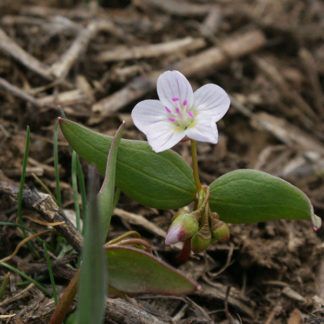
Claytonia lanceolata / lanceleaf spring beauty
- small, very early spring, ephemeral
- 5 white or pink-ish petals with pink/purple stripes
- pair of opposite leaves at mid-stem; lanceolate
-
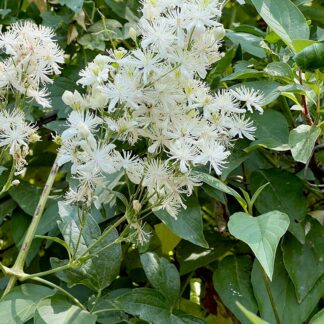
Clematis ligusticifolia / western white clematis
- climbing vine... makes dense canopy
- in canyons and streamside thickets
- compound leaves with 5-15 leaflets, often widely spaced
- white flowers with 4 "petals", many pistils and stamens — late summer
- fruit is fluffy white cluster in Sept/Oct
-
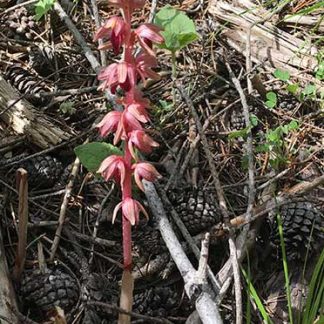
Corallorhiza maculata / spotted coralroot
- short, brown/red leafless flowering stalk, often in clumps
- intricate all brown/red-ish flowers except for a white lower lip, with reddish spots
- in conifer or aspen forest understory
-

Corallorhiza striata / striped coralroot
- short and purple - no green bits
- forest understory
- up to 35 flowers per stalk; often many stalks together
- flowers have 5 pointy, purple striped "petals" and one darker lower lip petal
-

Cornus sericea / red osier dogwood
- shrub with opposite branching and red bark, brightest in fall/winter
- common along streams especially
- small white flowers, 4 petals, in clusters
- white or blue-ish white berries in fall
- opposite leaves with parallel veins
-

Crepis acuminata / tapertip hawksbeard
- leaves (diagnostic) - long; many deep triangular, pointed lobes; upright, grey-green; milky sap
- flowers - 5-10 rays, no disc florets; yellow; up to 70 per plant
- dry, open places in foothills; commonly with sagebrush
-

Cynoglossum officinale / houndstongue
- reddish-purple flowers in upper leaf axils
- forms basal rosette with hairy leaves in first year
- stem leaves lance shaped, hairy, rough
- fruit - small nutlets with barbs or hooks
-
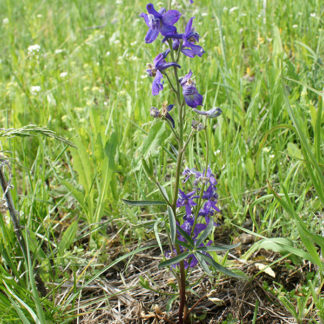
Delphinium nuttallianum / upland larkspur
- Bright blue flowers, sometimes whitish or other color petals in center
- One or several flowers per stalk
- Long spur "behind" the flower
- Leaves mostly low on the stem - divided into several or many lobes
- Open meadows, near streams, with sagebrush, any elevation
- Beginning soon after snowmelt and sometime persisting into September
Showing 13–24 of 106 results